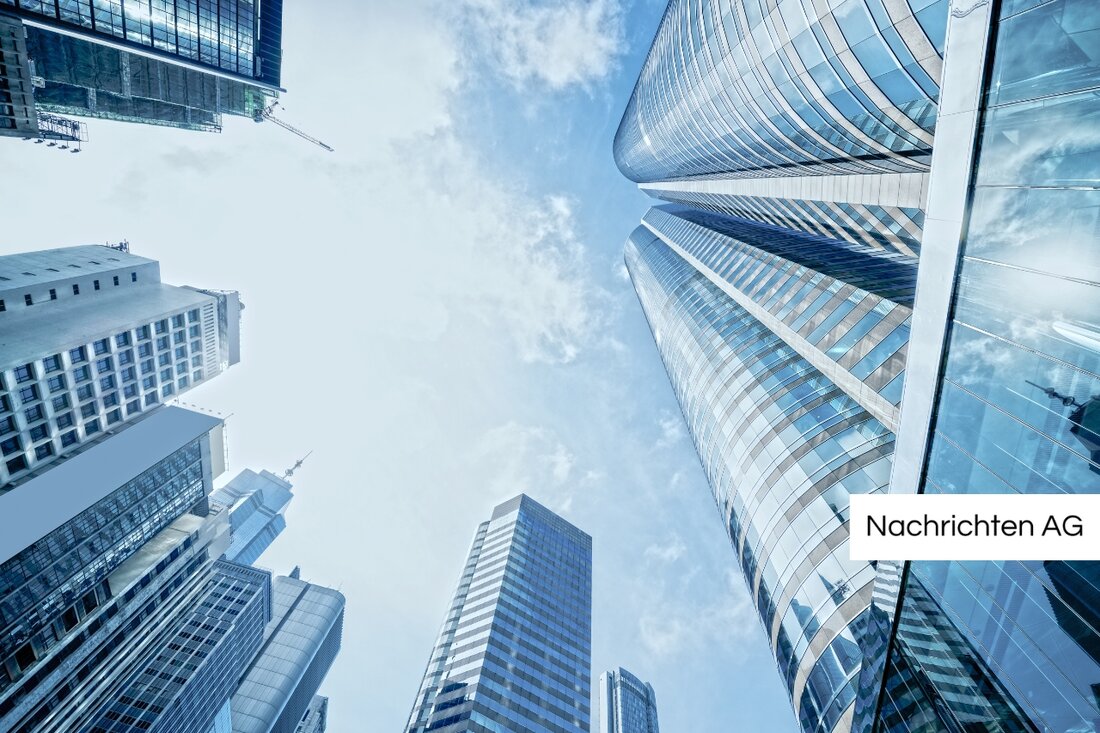35 years of East Side Gallery: art, history and challenges!
Discover the history of the East Side Gallery in Berlin: 35 years of art and culture after the fall of the Wall.

35 years of East Side Gallery: art, history and challenges!
The East Side Gallery, which opened on September 28, 1990, is celebrating its 35th anniversary this year. Known as the longest open-air gallery in the world, it houses the works of 118 artists from 21 countries. This unique gallery is not only a testimony to artistic creativity, but also a symbol of overcoming the division of Germany and Europe. The idea for designing the wall arose shortly after it opened on November 9, 1989, when artists from East Berlin, inspired by the wall art in West Berlin, began painting the wall. The first painting actions took place at Potsdamer Platz, supported by a French paint manufacturer, while GDR border guards observed the events without orders to intervene.
A core element of the East Side Gallery was the initiative of Heike Stephan and David Monty, who painted the wall again and applied for permission. This was granted by the GDR Council of Ministers in February 1990. In the months that followed, iconic works such as Dmitri Wrubel's “Brother's Kiss” and Birgit Kinder's picture of a satellite breaking through the wall were created. These works of art reflect upheaval and the longing for freedom, giving the East Side Gallery significant cultural relevance. In 1991 it was added to the state of Berlin's list of monuments.
Conservation initiatives
To mark the anniversary, the Berlin Wall Foundation is planning initiatives to preserve the East Side Gallery. These include long-term conservation measures for concrete and colors as well as protection against environmental influences, vandalism and discussions about possible changes to the works of art. Planned activities include workshop discussions, tours with the participating artists and a special exhibition with original sketches. These initiatives are intended to ensure that the East Side Gallery's historical legacy is preserved for future generations.
Significant renovation measures have already been taken in recent years. A comprehensive restoration of the artworks took place in 2009, followed by further measures in 2015 to protect them from vandalism. Despite the challenges, particularly with the partial demolition of the wall to build luxury apartments in 2013, the East Side Gallery continued to gain international attention.
Art in public spaces
The importance of the East Side Gallery within the Berlin art scene is underlined by the newly designed website “bildhauerei-in-berlin.de”, which provides information on thousands of works of art in public spaces. This revised platform, supported by the Berlin University of Applied Sciences (HTW), enables improved searches and offers new content on building-related art as well as 3D models of works of art. The website contains around 3,000 entries and is seeing increasing interest with around 12,000 views per month, demonstrating continued interest in public art.
Overall, the East Side Gallery remains a living example of the dialogue between art and social change. While the front of the Wall continues to shine as a work of art, the Berlin Wall Foundation aims to restore the back to its original state. Some artists have chosen not to repaint their original works in order to preserve the integrity of their original messages.

 Suche
Suche
 Mein Konto
Mein Konto
